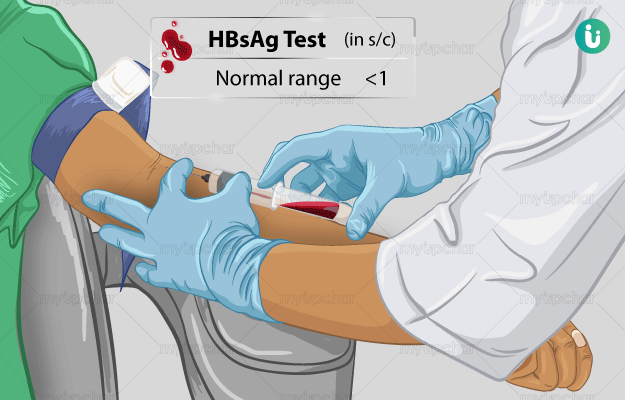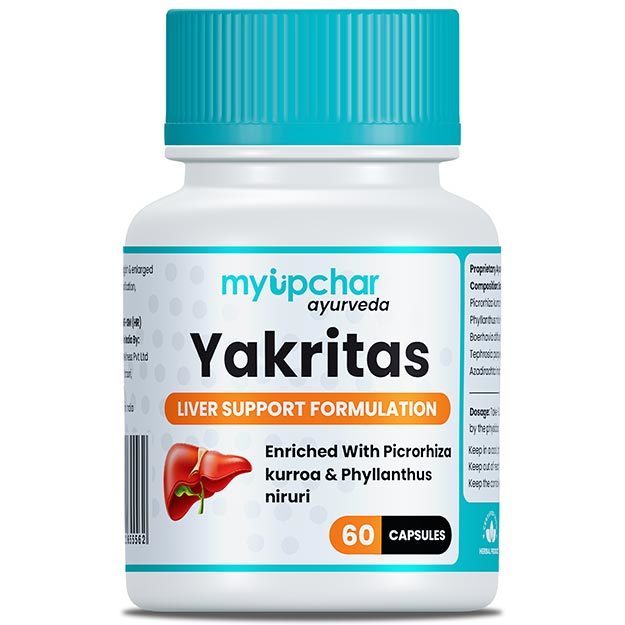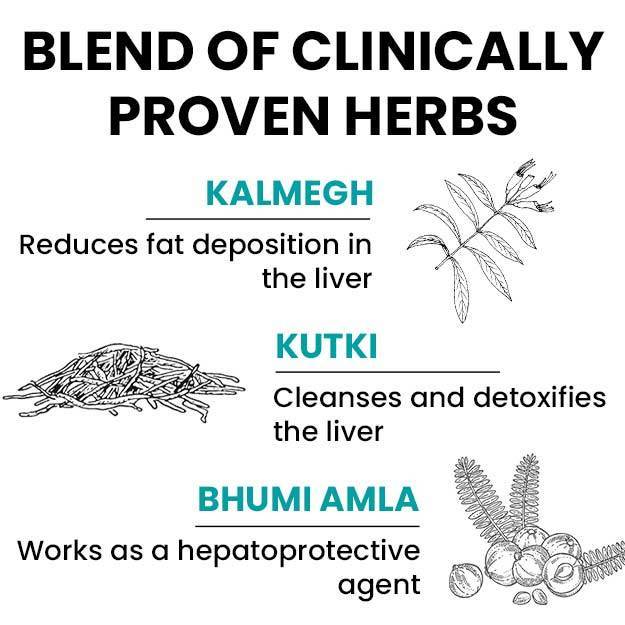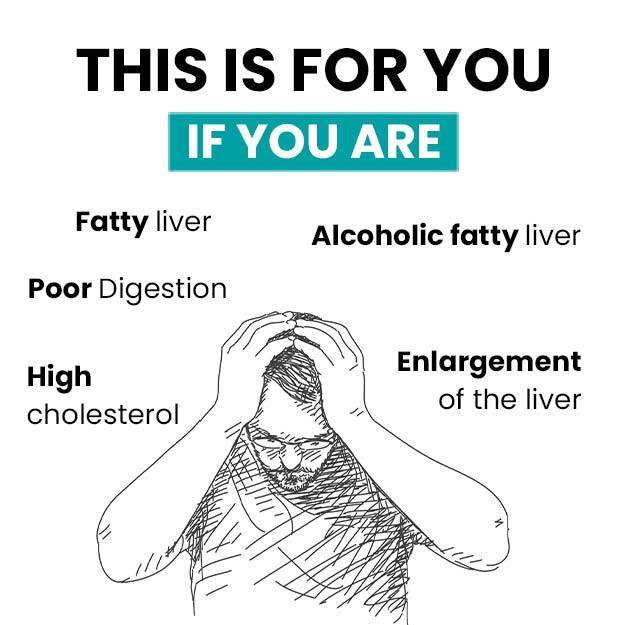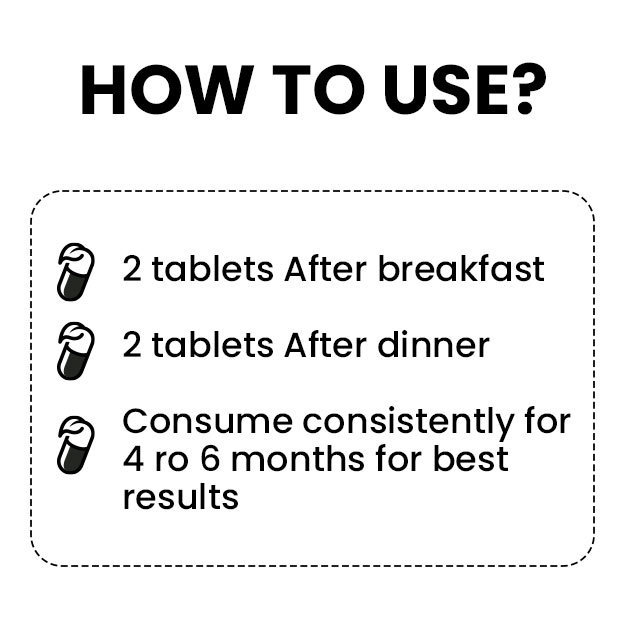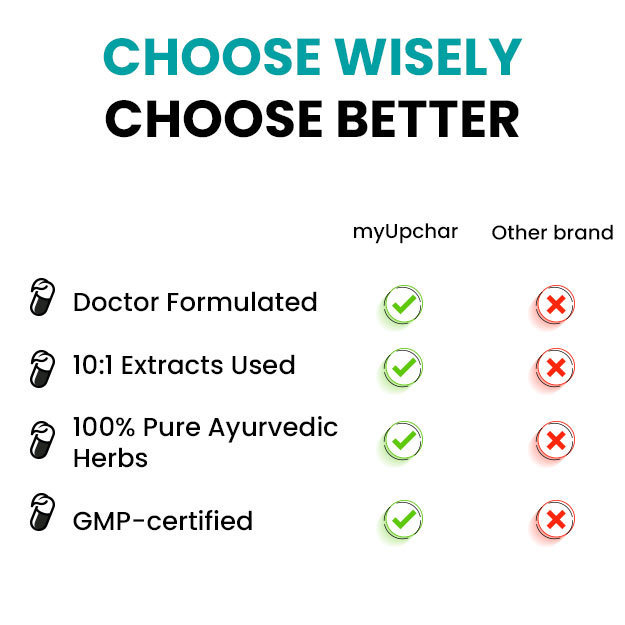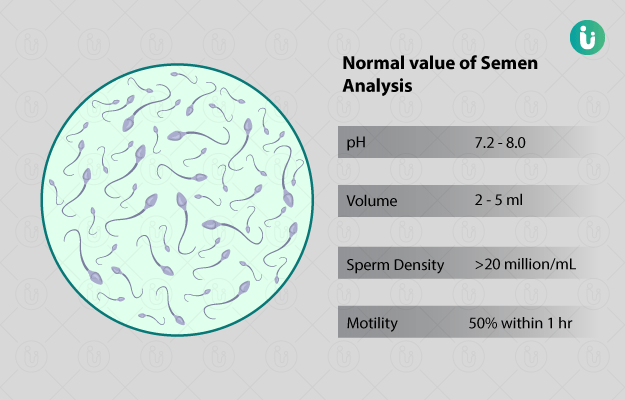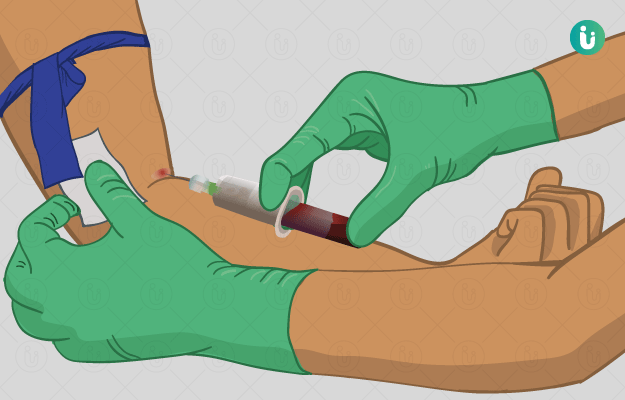What is a Hepatitis B Surface Antigen (HBsAg) test?
An HBsAg test determines whether one has a recent or chronic hepatitis B virus (HBV) infection. HBV has specific antigens (proteins) on its surface that stimulate the immune system to produce antibodies. Presence of HBV antigen is one of the earliest indicators of an HBV infection. The patient is tested positive within a few weeks after acquiring the infection. Generally, the body clears the virus in six months. However, at times, if it fails to do so, particularly in infants, chronic infection is developed wherein HBsAg remains positive.
When left untreated, an HBV infection may result in serious liver inflammation and damage, cirrhosis or liver cancer. This infection has an incubation period of 6 to 23 weeks. It is transmitted through sexual contact, contaminated needles and body secretions and from a mother to her foetus. If the levels of HBsAg remain above normal, the patient slips into a chronic carrier state.
The test is conducted as a screening test to detect a previously resolved hepatitis B infection or to guide and monitor hepatitis treatment.

